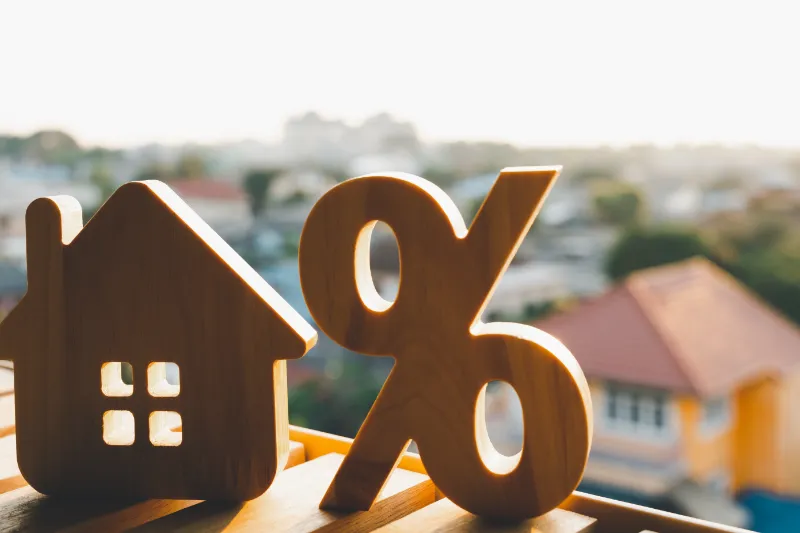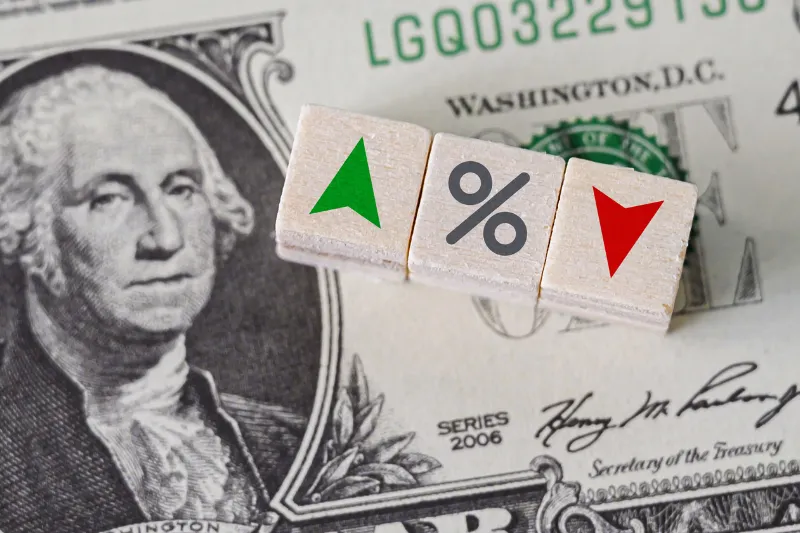Fluctuations in mortgage rates can significantly impact the housing market. Recently, there has been a…
FAQs About Refinancing Without Closing Costs
What advantages come with a no-cost refinance?
Opting for a no-closing-cost refinance enables you to stick to your refinancing plans without additional financial burdens. If you’re in the process of refinancing and require funds for unexpected expenses, a no-closing-cost refinance can result in cost savings. Mortgage interest rates are typically lower than those for home equity loans. Even if you accept a slightly higher rate, you might end up paying less compared to other loan types.
When is a no-closing-cost refinance suitable for a home?
No-closing-cost refinances are most beneficial if you intend to remain in your home for less than 5 years. This strategy allows you to avoid paying closing costs upfront, and if you sell the home within this timeframe, you can evade paying thousands more in interest over the loan’s life. The shorter your planned duration in the home, the more sensible a no-closing-cost refinance becomes. When might a refinance without closing costs not
be the right choice? If your current residence is your “forever” home, opting for a no-closing-cost refinance usually results in higher long-term payments compared to paying closing costs upfront.
In Conclusion Selecting a no-closing-cost refinance may be a viable choice if you don’t plan on staying in your home for an extended period. However, if you anticipate a long-term stay, you might end up paying thousands more in interest by opting for a no-closing-cost loan. The suitability of a no-closing-cost refinance depends on your individual financial situation and current housing circumstances. If you’re prepared to refinance, whether with closing costs or not, apply online today and initiate the process with LBL Mortgage or reach out to us at 562-294-4800 or Text 310-427-4797. Or apply bellow.




